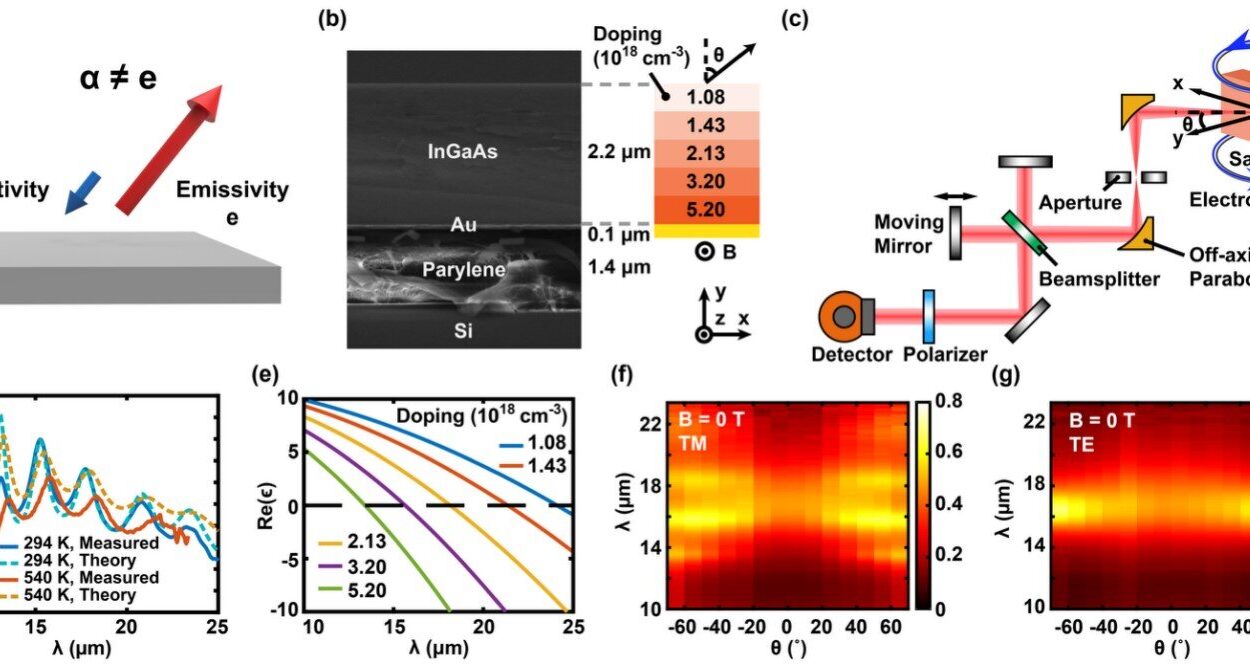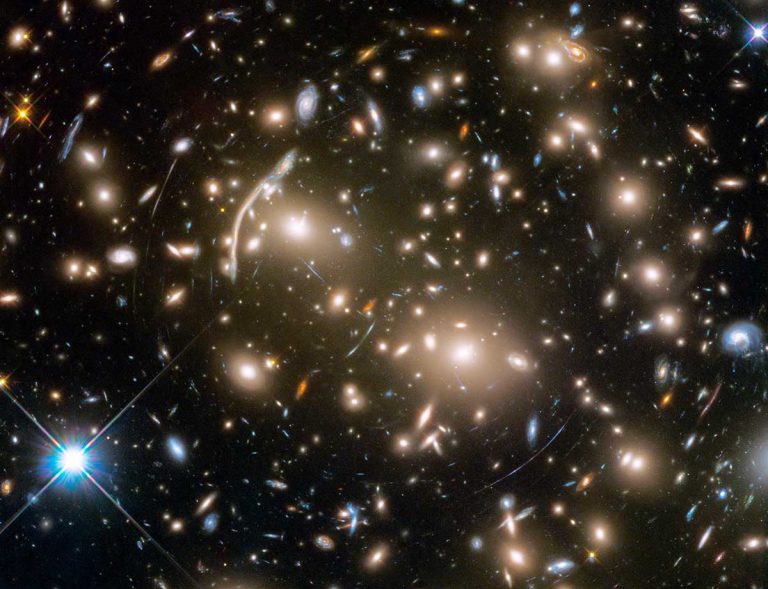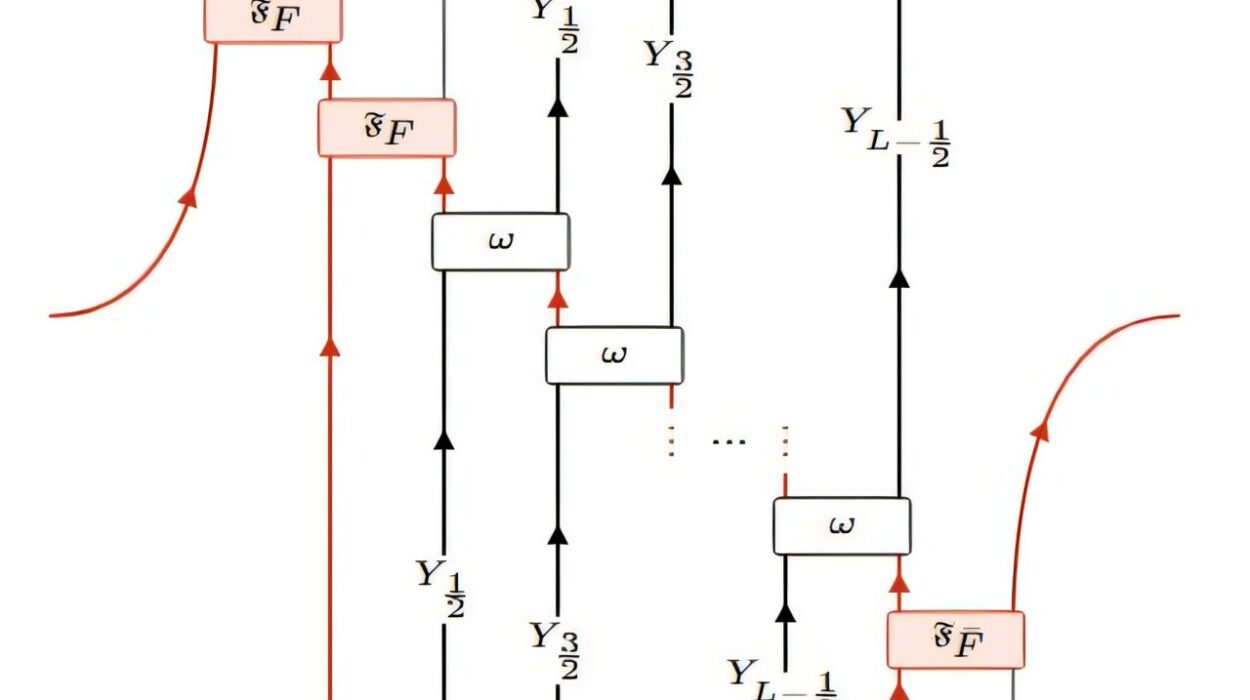Imagine a rock perched at the edge of a cliff. It’s not moving, it’s silent, seemingly harmless. Yet, it possesses a quiet power—a kind of invisible tension. If nudged, gravity will take over and the rock will tumble downward with increasing speed, possibly with destructive force. That rock, in its resting state at the cliff’s edge, holds what physicists call potential energy.
Potential energy is one of the most fundamental and fascinating concepts in all of physics. It is the stored energy that an object has due to its position, configuration, or condition. It’s the kind of energy that doesn’t immediately show itself, yet under the right circumstances, can transform dramatically into motion, sound, heat, or other forms of energy. It’s the battery before it powers your phone, the archer’s drawn bow before releasing an arrow, or the compressed spring waiting to snap back.
This article explores potential energy in all its richness—what it is, how it works, the different types it can take, and the incredible roles it plays in everything from simple machines to planetary motion and cutting-edge renewable technology.
Defining Potential Energy: The Language of Stored Power
To understand potential energy deeply, we must first grasp what physicists mean by “energy.” In simple terms, energy is the capacity to do work or cause change. Work, in physics, means applying a force over a distance. When you lift an object against gravity, stretch a rubber band, or compress a spring, you are doing work on the object. That work doesn’t just vanish—it gets stored in the object as potential energy.
Mathematically, potential energy is often defined relative to a reference point. In gravitational potential energy, for instance, the energy is relative to the ground or some other baseline height. The higher you lift an object, the more potential energy it stores, because more work has been done against gravity.
This relationship is captured by the equation:
PE = mgh
Where:
- PE is potential energy
- m is mass
- g is the acceleration due to gravity (approximately 9.8 m/s² on Earth)
- h is the height above the reference point
Though simple, this formula unlocks an entire universe of insights into how energy behaves in everyday and extraordinary circumstances.
Gravitational Potential Energy: The Pull of Earth
Gravitational potential energy is the most intuitive and commonly experienced type of potential energy. Every time you lift something—a book, a backpack, a hammer—you’re increasing its gravitational potential energy. That energy can be released when the object falls. It’s why falling water is used to generate electricity in hydroelectric dams. Water held in a reservoir high in the mountains stores gravitational potential energy, which is converted into kinetic energy as it flows downward through turbines.
Even massive planetary systems revolve around the dance of gravitational potential energy. When comets approach the sun, they gain speed due to the conversion of gravitational potential energy into kinetic energy. When they swing away, they slow down, trading kinetic energy back into potential.
The principle is elegant and universal. Gravity, one of the four fundamental forces of nature, constantly orchestrates the flow of energy throughout the cosmos, and potential energy is one of its key instruments.
Elastic Potential Energy: Tension and Compression in Motion
Have you ever played with a slingshot or jumped on a trampoline? Then you’ve encountered elastic potential energy. This form of energy is stored when materials are stretched, compressed, or otherwise deformed in a reversible way. Springs, rubber bands, and bungee cords all store elastic potential energy when force is applied.
The mathematical expression for elastic potential energy in a spring is:
PE = ½ kx²
Where:
- k is the spring constant (a measure of the spring’s stiffness)
- x is the displacement from its equilibrium (unstretched) position
This quadratic relationship means that doubling the stretch quadruples the stored energy. This principle underlies countless machines, from the shock absorbers in your car to the tiny springs in your mechanical watch.
Elastic potential energy is not just a toy-store novelty—it plays a vital role in engineering, biomechanics, and even earthquake science. Tendons in the human body, for example, act like springs, storing energy as you move and helping you walk or run more efficiently. In the study of earthquakes, scientists use elastic rebound theory to explain how stress builds up and is suddenly released along fault lines.
Chemical Potential Energy: Bonds That Store Energy
When you strike a match, chew food, or burn gasoline, you’re tapping into chemical potential energy—the energy stored in the bonds between atoms and molecules. Chemical bonds are not just connections; they are repositories of energy waiting to be unleashed.
This energy is released during chemical reactions, particularly exothermic ones where the bonds in reactants break and new bonds form in the products, often releasing heat and light. Food is rich in chemical potential energy; your body breaks down glucose and other molecules to fuel everything from thinking to running. The same applies to fossil fuels, which are reservoirs of chemical energy formed from ancient organic matter compressed over millions of years.
But this form of potential energy also raises crucial questions about sustainability. Burning fossil fuels releases not only energy but also greenhouse gases, prompting a global search for cleaner sources. This quest has led to innovations in batteries, biofuels, and other technologies that harness chemical potential energy with fewer environmental consequences.
Electric Potential Energy: The Force of Charges
Electric potential energy arises from the position of charged particles in an electric field. Imagine pushing two like-charged particles close together. It takes effort because they repel each other. That effort, once applied, is stored as potential energy. If you let go, the particles repel and accelerate away, converting potential energy into motion.
This concept is central to the functioning of circuits, batteries, and even the nervous system. In a battery, chemical reactions create a difference in electric potential, causing electrons to flow through a circuit when connected. That flow powers devices ranging from flashlights to smartphones.
In biology, electric potential energy governs how neurons transmit signals. Ions moving across membranes create voltage differences that allow your brain to communicate with your muscles in milliseconds. These microscopic voltage changes are essential to thought, motion, and life itself.
Nuclear Potential Energy: Power from the Core
Tucked inside the atomic nucleus is another form of potential energy—nuclear potential energy. It’s the energy stored in the strong nuclear force that binds protons and neutrons together. This force is immensely powerful but acts only at extremely short distances.
When nuclei undergo fission (as in nuclear reactors or atomic bombs), this binding energy is released. In fusion, light nuclei like hydrogen combine to form heavier nuclei, also releasing energy. This process powers the sun and other stars, making nuclear potential energy the engine of the universe.
While fission has been harnessed for both destructive and peaceful purposes, nuclear fusion remains the holy grail of clean energy—offering vast power with minimal waste. Though not yet commercially viable, experiments in fusion continue to push the boundaries of what potential energy can offer.
The Conservation of Energy: Transforming, Not Losing
One of the cornerstones of physics is the law of conservation of energy, which states that energy cannot be created or destroyed—only transformed from one form to another. Potential energy is a perfect illustration of this principle. A lifted ball doesn’t lose energy when held still; it merely holds energy in a latent form. When released, that potential energy becomes kinetic energy, then perhaps sound and heat when it hits the ground.
This idea of transformation lies at the heart of engineering, chemistry, biology, and cosmology. It allows us to design roller coasters, model economies, understand metabolism, and map the evolution of the universe.
Even in systems where energy seems to disappear, such as friction or air resistance, it is not lost. It is merely transformed—usually into heat, a sometimes less useful but still vital form of energy.






